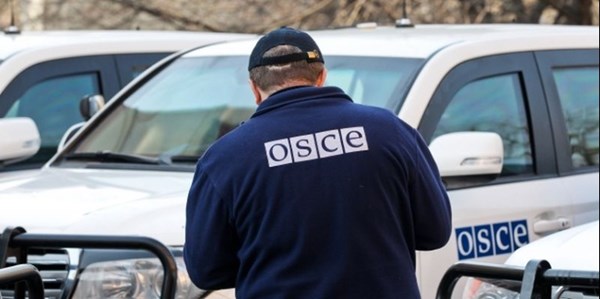OSCE: 90% of violations occur on separatist-held territory in eastern Ukraine
The Duputy Chief Monitor of the OSCE Special Monitoring Mission (SMM) to Ukraine, Alexander Hug, stated that, “More than ninety percent of the violations in the area of the ATO are carried out on the territories outside the control of the Ukrainian government” in an interview with the Ukrainian News.
In particular, according to him, such violations often involve the restriction of access of the members of the mission to certain areas. He reminded the parties they must allow observers free acess to all of eastern Ukraine, according to the mandate of the OSCE and in compliance with the Minsk Agreements.
"So if someone doesn't allow free movement, they are violating not just our mandate but also the Minsk Agreements. Today, most of the violations that happen on the territory that is not controlled by the government. If you were to look on a map where there are conflicts and where our freedom of movement was restricted, they will coincide," Hug said.
"Wherever there is fighting, we experience difficulties imposed on us. For this there can be only one reason those who restrict us don't want it to be known what is going on in this place that we were prevented from accessing," he added.
Hug said the mission still could observe the territories where they weren't allowed using drones. He cited an example, when pro-Russian separatists didn't allow the observers to come into the village Ternove in the south of the Donetsk region, and their surveillance system recorded a large number of armored vehicles in the area, including 40 tanks and 35 artillery units.
He stressed that the very existence of these weapons in that place wasn't a violation, because it was behind the line of demarcation, but the restriction of the access of observers violated the Minsk Agreements.
In this regard, he called on all parties, in particular those who control the territories that are inaccessible for the Ukrainian government, to give the SMM access to all areas, including the border area between Ukraine and Russia, which is not controlled by the government.
Hug said that the observers rarely have access to the border, especially in the Luhansk region.
